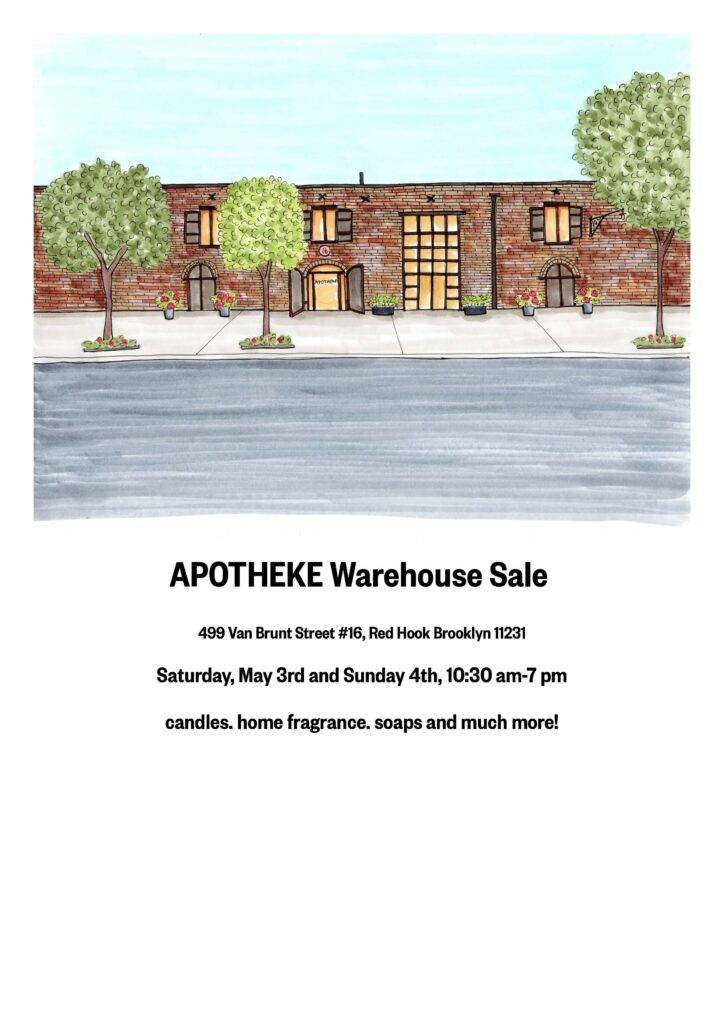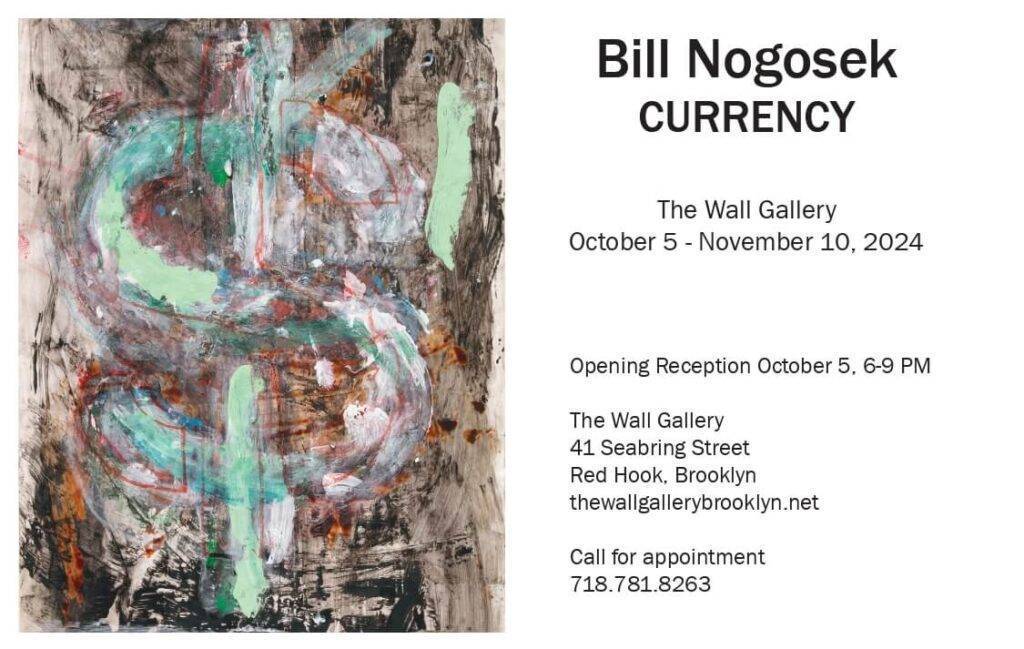Internet pages curated by that new cyber sensation sweeping the nation, Artificial (“Arty”) Intel & His Zombies, now list about three dozen carbon units as famous “Persons/Red Hook.” Many of them never spent much time here (Notorious B.I.G., e.g.), while others lived in Gowanus and South Brooklyn (Joey Gallo, Jimmy Iovine, e.g.) – close enough when zombies call the shots I suppose. As Red Hook becomes increasingly populated by parvenue celebrities, the truly important home-grown talent, like James McBride, will hopefully stay “famous” but others will fade away unless they experience a new appreciation of their life’s work…much like the star of this issue’s episode, the painter Walt Kuhn.
Cited in art history as the principal organizer of the Armory Show of 1913 (at Lex & E 25th), which introduced thousands of New Yorkers and Chicagoans to a who’s who of modern and avant-garde European artists, including Picasso, Matisse, Van Gogh, Duchamp, Gauguin, and Cezanne, our Walt Kuhn was consigned by most critics to a thanks-for-competing category and dismissed. But the 21st Century has been much kinder, with multiple exhibitions prompting appreciative retrospectives of his later, more somber pieces featuring oil paintings of world-weary clowns and circus performers. Four Red
Hook addresses were home to Kuhn during his first 20 years, before he packed up his waterfront memories and lit out for the territories. They were all within gunshot of the Erie Basin and two featured saloons where his father held sway with a revolver to keep the peace.
Papa Kuhn arrived from Germany in 1857 as a teenager and got work herding cattle up 3rd Avenue from Bay Ridge farms to a 9th Street slaughterhouse by the Canal. The job led to a new career as a butcher and so by the time of Walt’s birth in 1877, Louis and his wife Amelie owned a boarding house at 436 Van Brunt Street, where he operated a storefront butcher shop while she managed the guests. A couple of years later, he’d become a saloon keeper at 36 Van Dyke Street, while Amelie ran the boarding house next door on the corner of Dwight Street. On a Wednesday afternoon in October 1880, Louis ejected two young men who refused to pay for their liquor and then shot at them as they were about to bust up the joint.
Longing for a more prestigious locale, the Kuhns bought a large new building on the next corner at Dwight & Elizabeth (now Beard) Streets bordering the Basin and dubbed it “Kuhn’s International Hotel.” Alas, gunfire was no stranger there either. Perhaps he was desperate, perhaps he was just a scoundrel, but in January 1895 Louis concocted a scheme with George Henry Heinbockel, the wholesale wine and liquor distributor supplying the hotel.
First, Louis transferred ownership of the ground floor saloon and its liquor license to his cousin John on the condition John pay him $500 every six months for seven years. But when Louis claimed he was in financial difficulty, John made the first two payments forthwith, which rendered him vulnerable to a sizeable City assessment for the grading of Dwight Street, a pending obligation that Louis had kept hidden. Within a few months, John went into debt and couldn’t pay Heinbockel’s tab, leading to a $836 judgment, whereupon Louis offered to take care of the matter if John agreed to transfer ownership and the license back to Louis. Smelling a rat, John complained to the Feds.
In July 1895, the chief Assistant US Attorney for the Eastern District, Robert H. Roy concurred with John’s assessment and argued before the Excise Commission that Louis and Heinbockel had conspired to defraud John. AUSA Roy, then only 30 and new to his post, was a leading reform Democrat, active in his church and described by the Brooklyn press as “quiet, methodical, polite, following the injunction that a soft answer turneth away wrath.” The Commission agreed with Roy and blocked the transfer of the liquor license. (By the way, “Quiet” Roy was later elected to the bench and in 1915 advocated for the return of the whipping post to deter youthful offenders.)
For the attempted ruin of his cousin, Louis was eventually assessed a judgment of $179 which he nonetheless appealed and forestalled payment until the Summer of 1899 when he sold the hotel for the tidy sum of $31,500 ($1.2 million in today’s coinage) and skedaddled off to rural Flatbush to swiftly open “Kuhn’s Kensington Hotel.” 1899 was also the year that Walt Kuhn decided he’d had enough of Red Hook and his cowboy dad.
As a teen Walt had sold some illustrations, then took some art classes at Brooklyn Polytech. At the age of 21, he quit his bicycle repair job, stuffed $60 in his pocket and wandered out to San Francisco. A gregarious sort and devilishly handsome, he sold more drawings to a satirical magazine there, then wandered back east, and secured a passport. [Not required until 1941, it was used in the age before driver’s licenses as an ID – descriptions of the mouth, chin, forehead, face, nose, eyes, hair, age and height were recorded but not weight or race (discuss among yourselves)].
Kuhn then sailed for Europe in 1901. He studied in Berlin and Paris, hobnobbed with the modern masters, painted goats, returned to an apartment he rented in Freeport, Long Island, then wandered down South to paint more goats, horses, and boring landscapes, took up residence in Florida, moved to New Jersey, married, mingled with the New York art crowd, formed an association of local artists, then back to Europe, an apartment in Greenwich Village and, his timing exquisite, on the eve of the First World War, joined forces with a handful of contemporaries to arrange a grand exhibition.
Since Kuhn knew all the renowned artists of Europe, he was dispatched to secure paintings for the exhibit. It is said that Kuhn also decided to prominently place Duchamp’s new cubist painting at the 69th Regiment Armory and heavily publicize its title: “Nude Descending A Staircase.” The painter Abraham Walkowitz would recall forty years later: “It was the title, you see. Hundreds and thousands of people paid admission to the Nude Descending the Staircase. It was the name that attracted the people. Of course, the publicity was tremendous.”
In addition to Kuhn and Walkowitz, an early Edward Hopper painting was displayed in the Armory. Kuhn was as much an American realist as Hopper, but it was his later work during the last 15 years of his life that is most prized today. In fact, in 1947, Kuhn sold one of his clown paintings, “Roberto,” for what today would be the equivalent of $140,000.
His depression deepened thereafter, and he was institutionalized for his last year, dying in a Westchester Hospital in 1949.
Choosing to paint clowns who looked depressed – including self-portraits as a somber clown himself – might provide a clue to explain Kuhn’s manic activity, alternating with depressive episodes: an undiagnosed bipolar disorder. Or maybe his erratic mood changes were prompted by sudden memories of those










